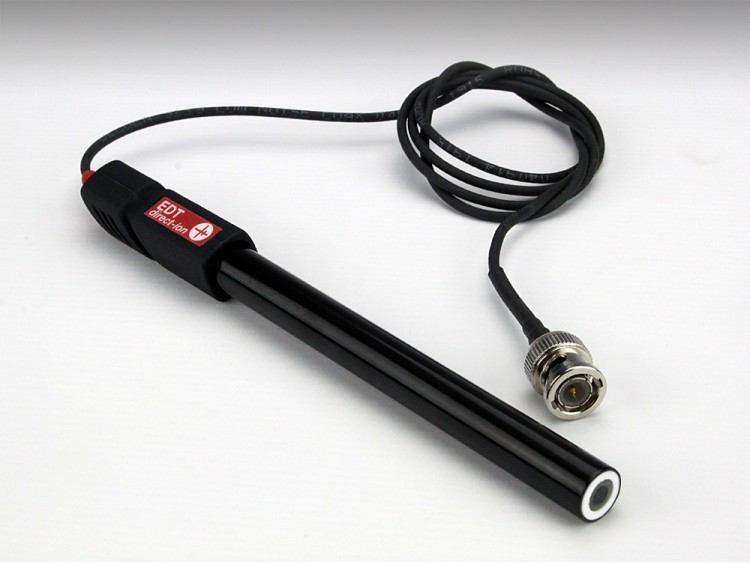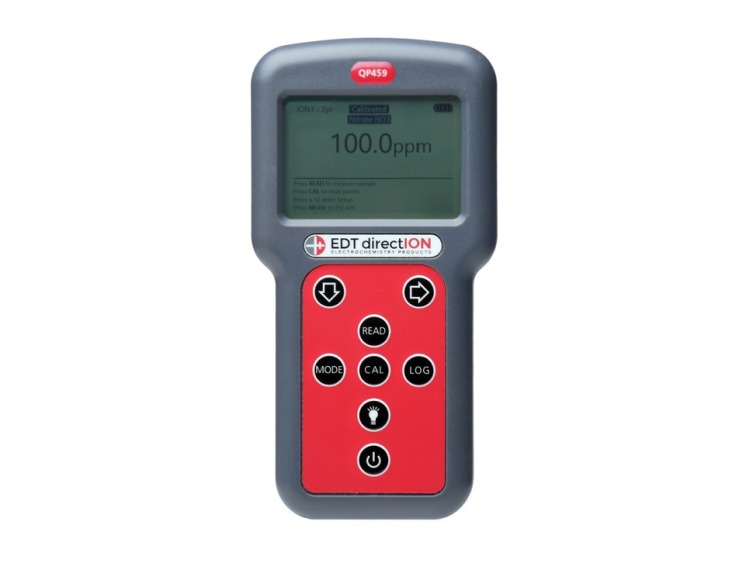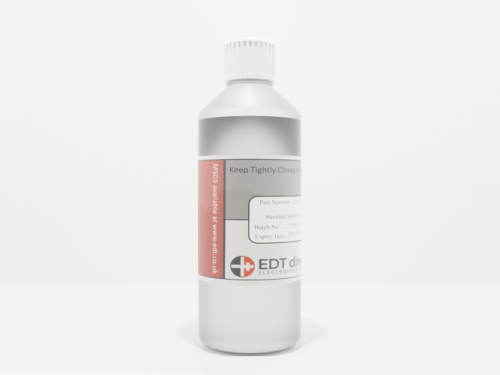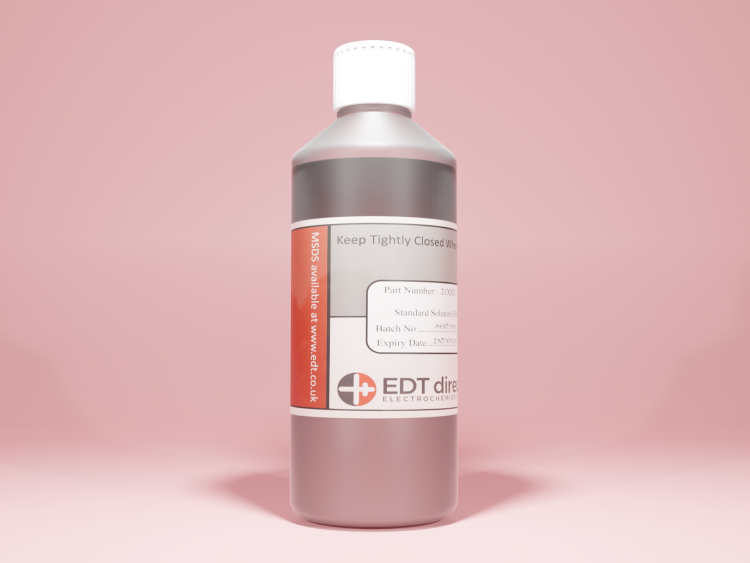Determination of Silver Concentration in Fixer Solutions
Method 1:
This is a method for the determination of silver ion concentration in hypochlorite based fixer solutions
Equipment Required
1. Model QP459 Ion Meter
2. 3211 Silver Combination ISE
3. 21308 Silver 1000ppm Standard Solution
4. 30308 Silver Ionic Strength Adjustment Buffer
5. Glassware: Beakers 250ml; Volumetric Flask 100ml; 10ml pipette
6. Deionised water
Standard Preparation
Prepare standards of 100 and 10ppm Ag+ by serial dilution of the 1000ppm Standard solution. Mix equal volumes of each standard and the ISAB.
Sample Preparation
Dilute the sample 1:1 with distilled water. Mix equal volumes of sample and ISAB.
Method
Immerse the electrode in each of the standards in increasing concentration steps in the calibration mode of the Ion Meter, rinsing the electrodes with distilled water and dabbing off the excess water between standards.
Using the QP459 Ion meter will allow the result to be read directly on the display. It also allows for up to a 3 point calibration if required.
If you do not have an ION meter you can read the mV values using a pH/mV meter such as an EDT model QP451. Record the mV response and plot a graph of mV vs log of Concentration
Calculations
The result obtained from the display should be multiplied by the dilution factor to obtain Ag concentration of the sample. In the case of above this is x2.
Interferences
Mercury ions should not be present in concentrations greater than 2 x 10-7 moles/litre.
Method 2:
This method describes how to determine the silver content in fixer solutions by the titration of the fixer with standard Thioacetamide.
Equipment Required
1. Model QP459 Ion Meter
2. 3211 Silver Combination ISE
3. 0.1 Molar Thioacetamide reagent
4. Alkaline Thiosulphate reagent
5. Glassware.
6. Magnetic Stirrer/Hotplate
7. Burette
8. Deionised water
9. Accurate Balance
Reagents
1. Thioacetamide (0.1 Molar)
2. Silver Nitrate solution (0.05 Molar)
3. Alkaline thiosulphate reagent
CAUTION: Thioacetamide and alkaline Thiosulphate are harmful and must be handled with care.
Reagent Preparation:
0.1M Thioacetamide
Dissolve 0.7513g Thiacetamide with distilled water and dilute to 100 mls. in a volumetric flask. Prepare fresh before analysis.
Alkaline Thiosulphate Reagent
Weigh out 40g NaOH, 4g EDTA and 45g sodium thiosulphate and dissolve in distilled water and dilute to 500 ml in a volumetric flask.
Method
1. Standardise the Thioacetamide by titration with the 0.05M silver nitrate standard using the same procedure given for unknown determination.
Unknown Determination
2. Add to 20 mls alkaline Thiosulphate reagent in a 75 ml beaker 20 mls of the sample fixer solution.
3. Heat the solution while stirring to 60°C.
4. Immerse the 3211 Silver Combination ISE into the solution and record the stable mV reading.
5. Add fixed volume increments of the Thioacetamide reagent from the burette recording the new stable potential after each addition.
6. The end point of the will be shown by the largest change in potential per fixed volume increment.
7. Plot on linear graph paper mV reading vs volume of Thioacetamide reagent added and read from the graph the end point in mls. Thioacetamide.
Calculation
Moles of silver in 20 ml sample (X) = end point volume x thioacetamide concentration (1000)
Concentration of silver in sample (Y) = X * 50
Silver in sample expressed in g/L = Y * 107.87




